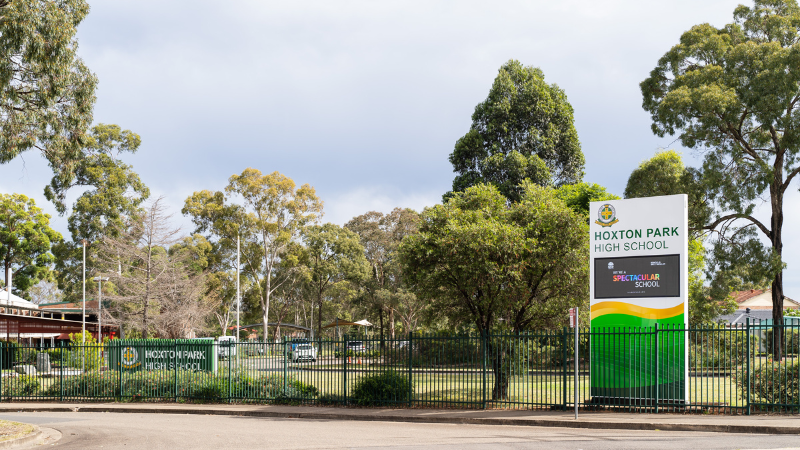What Drives Signage Costs Up or Down?

If you’ve been considering investing in signage for your establishment, one of the first things that will have crossed your mind is the cost. However, signage costs are often difficult to estimate, especially since prices tend to rise and fall over time.
There are several reasons behind these cost fluctuations.
1. Individuality
No two signage projects are ever the same. What applies to one project will not necessarily apply to another. Even if the manufacturers are working based on a design template, the signage for another establishment will not have your branding information or message. Therefore, each new signage project will require customisation.
If you sent the same signage project request to different manufacturers, you’re likely to receive varying cost estimates. This can be useful for aiding your research. If you receive a quote from a signage manufacturer that is considerably lower than others, it could mean that the quality of the materials used is not up to par with industry standards.
2. Freestanding vs. Wall-mounted
Signage is produced in two main categories — freestanding or wall-mounted. Freestanding signage is contained or displayed on a structure that is anchored directly to the ground, and not attached to or supported by a building. On the other hand, wall-mounted signage is exactly as the name implies — signage that is mounted directly onto a wall.
Because freestanding signage requires its own structure, they are generally more expensive than their wall-mounted counterparts. If your signage project involves more freestanding signs than wall-mounted signs, you can expect to pay more.
3. Printing Method
There are different signage printing methods available today. The most popular options are direct and digital printing. Both have their strengths and weaknesses, and the choice will ultimately depend on the primary purpose of the signage.
In general, direct printing costs less than digital printing. However, direct-printed signs are not as long-lasting and, in most cases, are better suited for indoor use. Digital printing results in more versatile signage, but it involves a lot more components, which add to its overall cost.
4. Flat vs 3D Graphics
Flat graphics typically feature solid colours and strokes with fewer shades and gradients in the overall design. Of course, there is merit in such simplicity, but because signage typically caters to a much wider audience, people might not appreciate flat graphics or engage with them.
3D graphics have more stylistic choices and are therefore more eye-catching. They are also more costly than flat graphics.
5. Materials
The type and quality of the materials used should come down to the purpose and position of the sign. Plastic or some composite material will incur lower costs and would suit signage that isn’t expected to have a long lifespan. Outdoor signage, designed to withstand weather, needs to be made of higher quality material such as aluminium or stainless steel.
6. Engineering
When setting up certain signs, specialised engineering may be required. For example, a large, freestanding sign may require various equipment such as drills, concrete, and cranes to get the job done. This will be reflected in the final cost of the sign.
7. Safety
Imagine installing a wall-mounted sign on the side of a 30-story building. This kind of installation presents significant safety hazards. As you can expect, this translates to added costs to your signage project.
8. Power Requirement
Is illumination required for the sign to properly function? If so, the costs of powering the signage will need to be factored in when calculating costs. Keep in mind that signs with a power requirement will typically also have recurring costs in form of the energy bills.
9. Vinyl Wrapping
Wrapping of the vinyl digital print has an impact on the price. This method is when we wrap the vinyl around the sign panel onto the back of the panel.
The advantage of wrapping your panels is that it looks much more streamline. It also prevents your print from shrinking, makes it more tamper-proof, protecting against vandalism and inclement weather. Panel wrapping does require additional labour, which incurs its own costs.
Conclusion
Setting up signage for your establishment is an investment, one that can yield returns in the form of improved brand identity, audience engagement, and even increase sales/enrolments. And like any investment, it’s important to understand what drives its costs up and down, so you can make an informed choice.
In the case of signage, the key is to work with a company that knows what they’re doing. When evaluating project quotes, take the time to understand their approach. The company should be able to assist with the planning, as well as help you determine crucial considerations like your signage budget, goals, needs, hardware, and software solutions.



